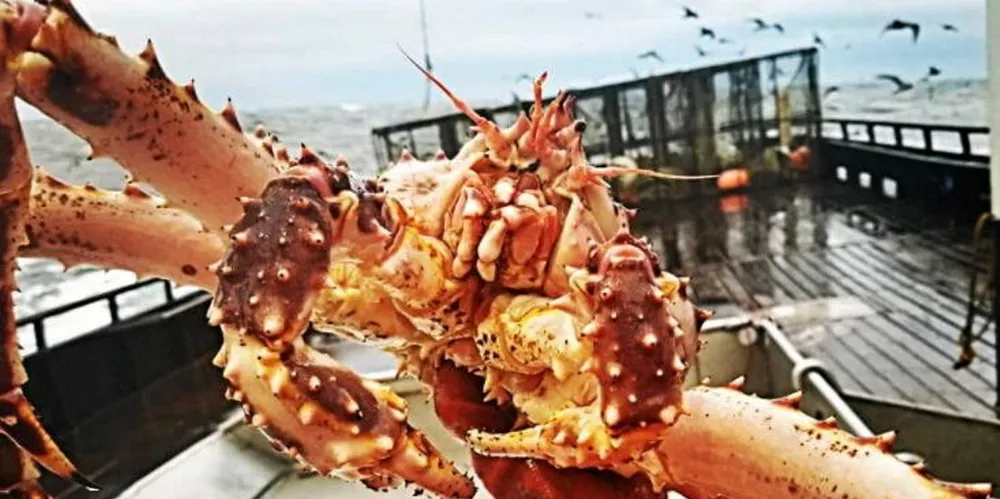US crab harvesters unlikely to fill Russia supply gap, with prices at record highs
Supply has been impacted by lower quotas and closures in Alaska, while demand grows.

Supply has been impacted by lower quotas and closures in Alaska, while demand grows.
